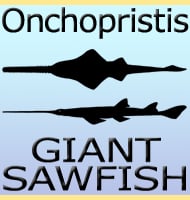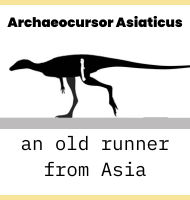In Depth
Palaeoperenethis is genus of nursery web spider that lived in Canada during the Eocene. Nursery web spiders are so named as most members of this group only spin a web to protect their eggs just before they are about to hatch. For the rest of their lives these spiders stalk through vegetation, ambushing prey animals while trying to avoid being eaten themselves by other predators such as small lizards.
Further Reading
- A fossil spider (Araneae: Pisauridae) of Eocene age from Horsefly, British Columbia, Canada. - Contributions to Natural History 12:1269-1282. - P. A. Selden & D. Penney. - 2009.









